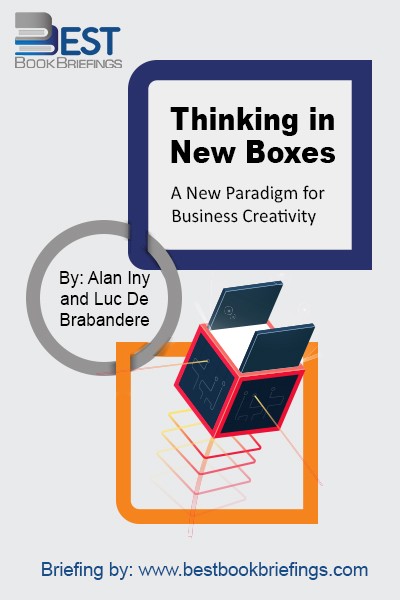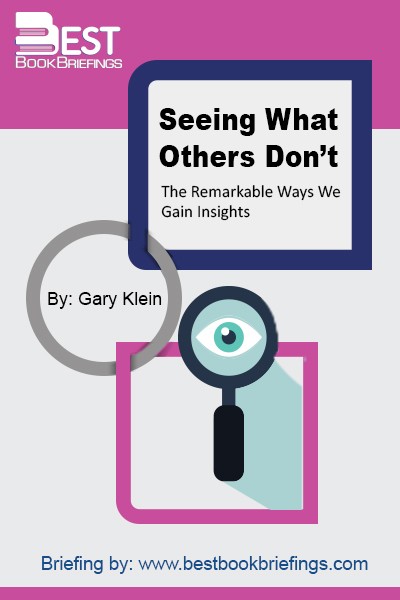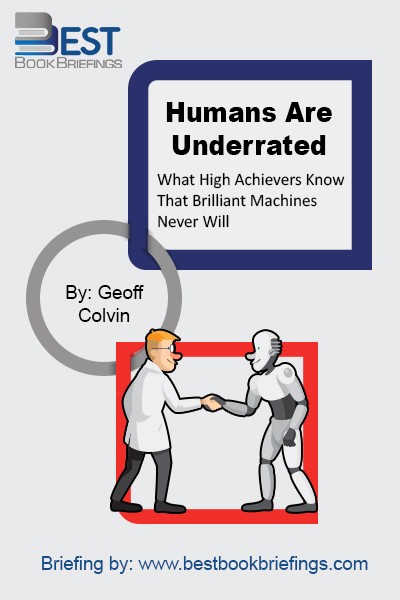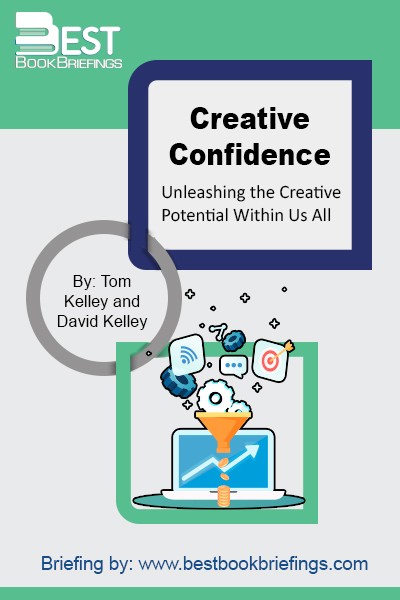Creative Confidence
Unleashing the Creative Potential Within Us All
Number of pages: 288
Publisher: Crown Business
BBB Library: Creativity and Innovation
ISBN: 9780385349369
Editorial Review
When you hear the word “creativity,” what do you think of next? You may equate “creative” with “artistic.” You may believe that architects and designers are paid to be creative thinkers, but CEOs, lawyers, and doctors are not. Or you may feel that being creative is a fixed trait, either you’re born with creative genes, or you’re not. This set of misconceptions is “the creativity myth.” The opposite of that myth is what is called “creative confidence.” And at its foundation is the belief that we are all creative. The truth is, we all have far more creative potential waiting to be tapped. At its core, creative confidence is about believing in your ability to create change in the world around you. It is the conviction that you can achieve what you set out to do. This self-assurance, this belief in your creative capacity, lies at the heart of innovation. In the business world, creativity manifests itself as innovation. No individual executive or division holds a monopoly on new ideas. People need help to rediscover what they already have: the capacity to imagine or build upon new ideas. But the real value of creativity doesn’t emerge until you are brave enough to act on those ideas. That combination of thought and action defines creative confidence: the ability to come up with new ideas and the courage to try them out. We forget that back in kindergarten, we were all creative. We all played and experimented and tried out weird things without fear or shame. The fear of social rejection is something we learned as we got older. And that’s why it’s possible to regain our creative abilities so swiftly and powerfully.
Book Reviews
Books on Related Topics

Summary of Big Magic by Elizabeth Gilbert. Are you brave enough to show the world the treasure that rests within you? This is the main question that Elizabeth Gilbert asks in Big Magic. If your answer is yes, then that’s awesome for you. But if your answer is no, then this

Thinking in New Boxes is about changing the way you think, or, more precisely, increasing your awareness of how we all create and use mental boxes. It is a new paradigm for creativity, by virtue of the focus on interplay between the broad new boxes and smaller ones that fill them.

The modern world is the product of ideas, beliefs, and values of human imagination and culture have shaped it over centuries. It has been created out of our minds as much as from the natural environment. The human mind is profoundly and uniquely creative, but too many people have no sense

Insights often appear like magic because all we see is the surprising finale, the rabbit popping out of the hat. We don’t see the steps leading up to that finale, the years that the magician spent practicing, the design of the hat, and the way the rabbit was smuggled on stage.

The most important reason of finding your Element is personal. Finding your Element is vital to understanding who you are and what you’re capable of being and doing with your life. The second reason is social. Many people lack purpose in their lives. The evidence of this is everywhere: in the

Confidence is the bridge connecting expectations and performance, investment and results. Sometimes it seems as if there are only two states of being: Boom or Bust. When things are up, it feels as if they will always be up. People come to believe they can succeed at anything they try; companies

If you picked up this book because you want to increase your confidence, you are not alone. Millions of people have low confidence and most of them worry about it, not least because it's incredibly hard to simply boost. our confidence at will, as you've no doubt realized by now. We've

In the economy of a few years from now, what will people do better than computers? Technology is rapidly invading fields that it once could not touch, driving cars better than humans do, predicting Supreme Court decisions better than legal experts, packing boxes, identifying faces, scurrying around hospitals delivering medications, all



